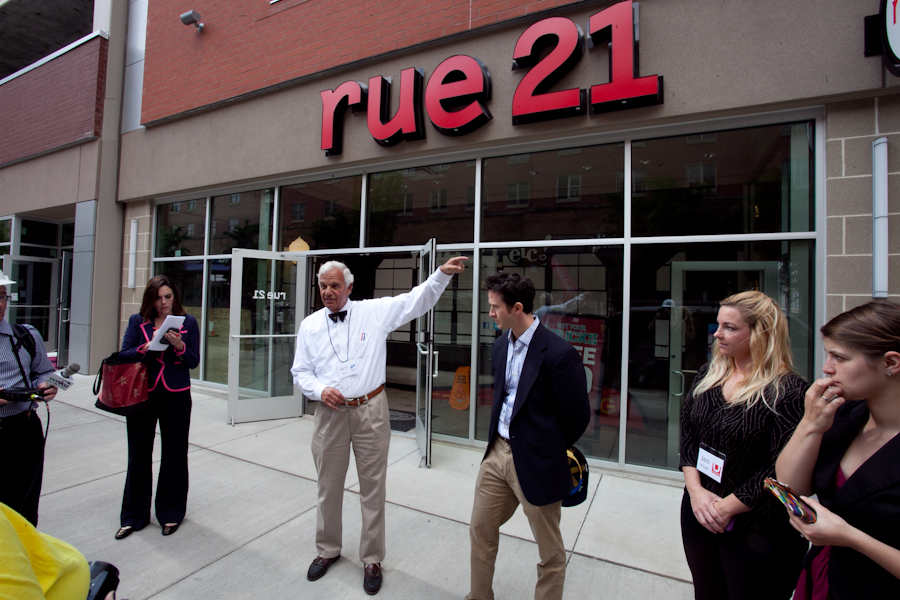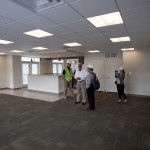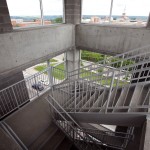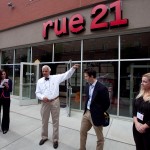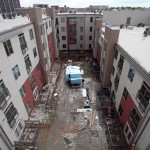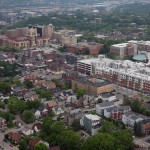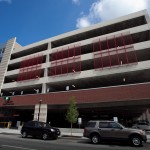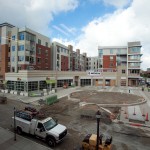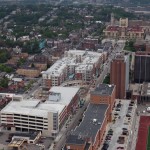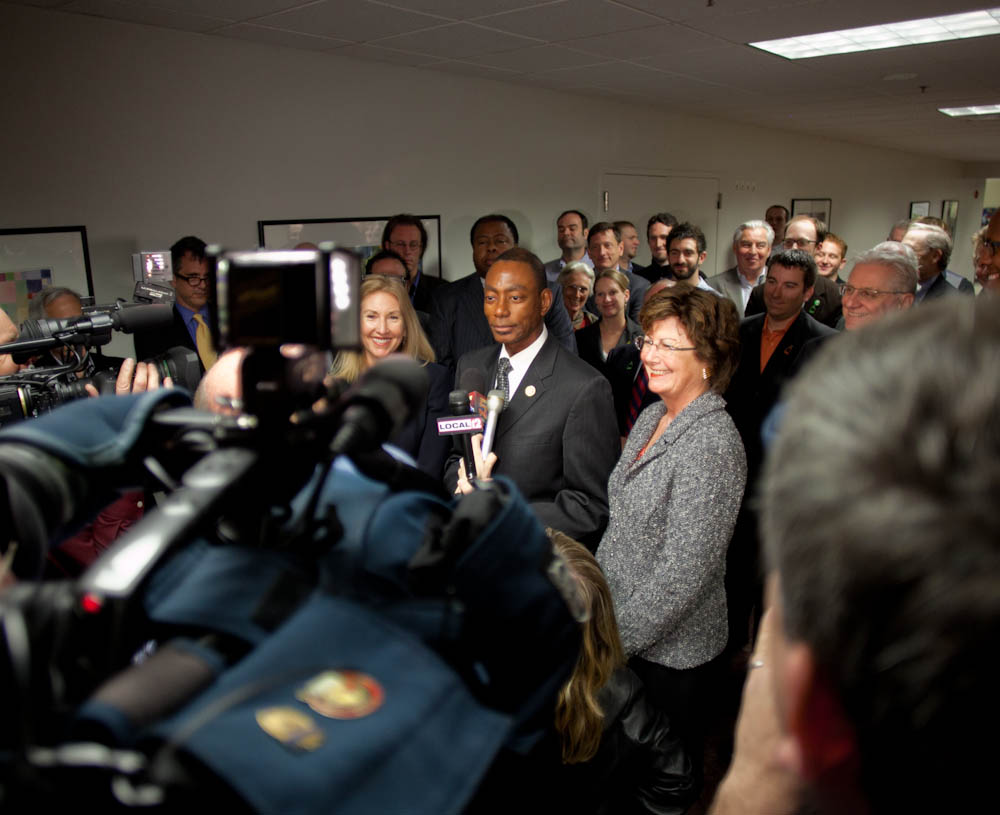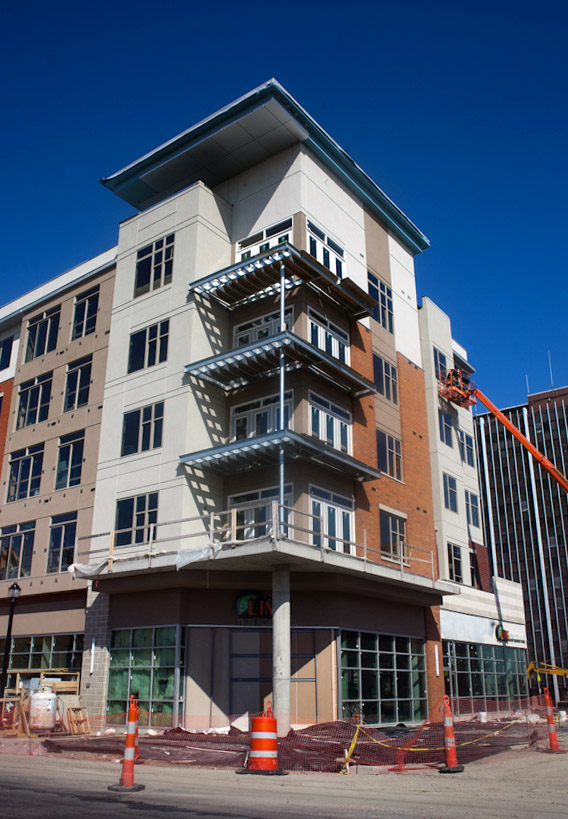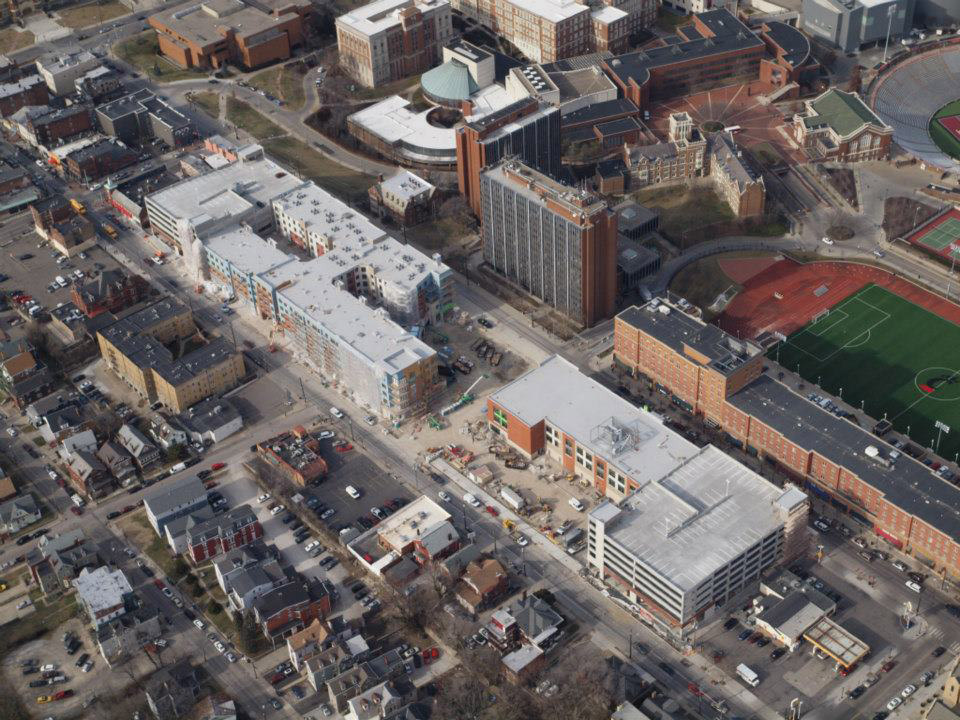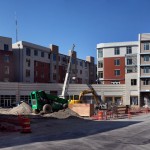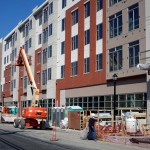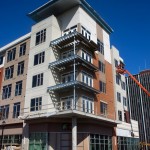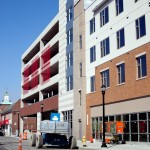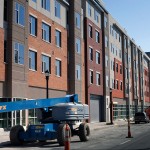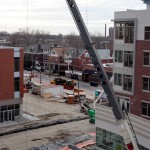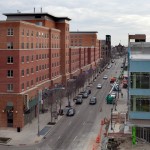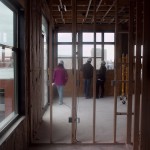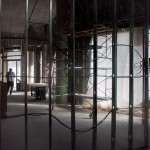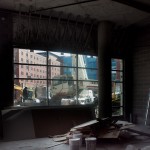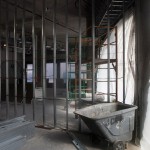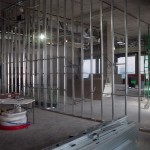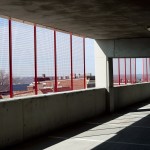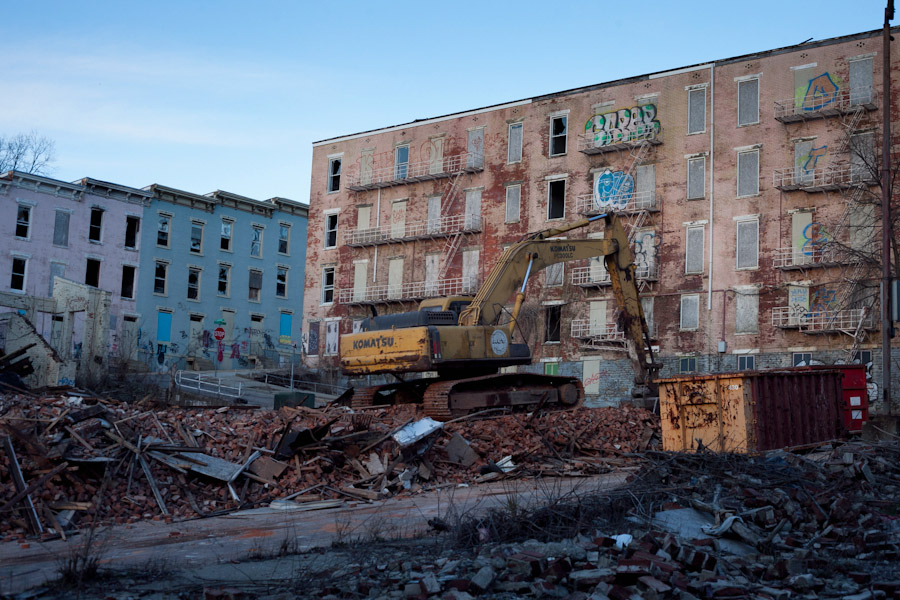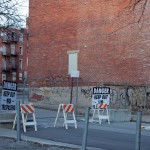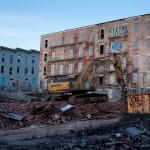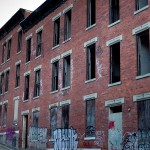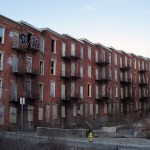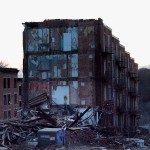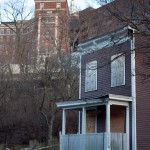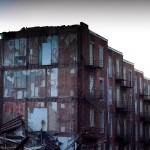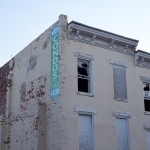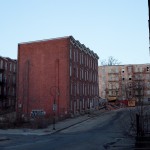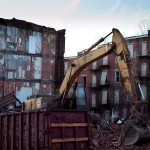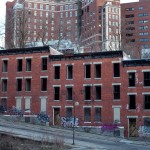On Tuesday, City Manager Milton Dohoney sent a memo to council members that said after a thorough review of the bid process, construction of the streetcar tracks, electrical equipment, and maintenance facility will cost $17 million more than the city had budgeted. This news raises the total cost of the project from $110 million to approximately $127 million.
As a result Vice Mayor Roxanne Qualls (C), Chair of the Budget and Finance Committee, has called a special meeting April 29 at 6pm. Dohoney will report on the costs of cancelling Cincinnati’s streetcar project, which broke ground in 2012.
Utility relocation work has been underway for more than a year, and fabrication of five streetcars began at CAF’s facility in Zaragoza, Spain in early 2013. The City of Cincinnati reports that $20.3 million has been spent on the streetcar project to date.
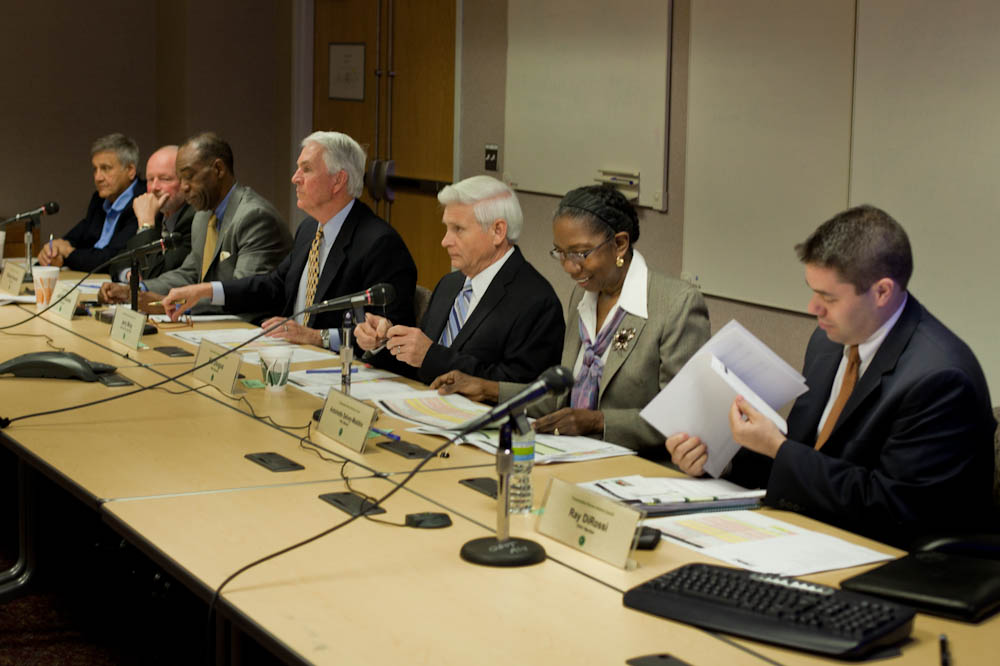
Two failed ballot initiatives meant to kill the Cincinnati Streetcar, and the revocation of $51.8M from TRAC have delayed temporarily set back the project for years. Photograph by Jake Mecklenborg for UrbanCincy.
So far Cincinnati’s streetcar has been the recipient of three federal grants totaling $39.9 million dollars. If the project is cancelled, the city will likely have to reimburse the federal government for whatever grant funds have been spent. Additionally, it will either need to cancel its contract with CAF or sell the five streetcars to another city after they are completed in 2014.
Planning for the streetcar project began in late 2006. A study was completed in 2007 and funding was assembled in 2008. On the cusp of groundbreaking, COAST, the notorious local anti-tax group, mounted a petition drive that saw an anti-streetcar charter amendment placed on the November 2009 ballot. Issue 9 was defeated, but it succeeded in delaying the project by a year.
During that same election, John Kasich (R) was elected governor of Ohio. He immediately cancelled Ohio’s 3C Passenger Rail project, scuttled state funding for new express Metro routes funded under outgoing Governor Ted Strickland (D), and appointed Jerry Wray chair of the Ohio Department of Transportation (ODOT).
In April 2011, the Transit Review Advisory Committee (TRAC), also chaired by Wray, cancelled $51.8 million in state for Cincinnati’s streetcar project and directed the funds to railroad overpass projects in rural Ohio.
Without its largest grant, a connection to the University of Cincinnati was removed from the project’s first phase.
Sensing weakness, COAST mounted another petition drive and again succeeded in placing an anti-streetcar charter amendment on the ballot. Issue 48 was defeated but succeeded in delaying the project for another full year.
In that same election, all incumbent Republicans, with the exception of Charlie Winburn, were swept from council and replaced by a 6-3 pro-streetcar majority. The project broke ground in February 2012 but the track, electrical, and car barn contract was delayed by litigation between the City and Duke Energy.
The Public Utilities Commission of Ohio (PUCO) ruled in the city’s favor in late 2012 and the project was put out to bid in February 2013.
Bids came in significantly higher than the city budgeted, and on April 29 council will hear the cost of cancelling the project verses continuing with the project as planned, presumably after voting to sell $17 million more in bonds.
After this rise in the project’s cost from $110 million to $127 million, annual debt service paid from the city’s capital fund will be approximately $4 million. Operations costs, paid from the operations general fund, will be about $3 million.
The $7 million annual cost to operate the streetcar system will consume less than 2% of the city’s annual $400 million budget.
